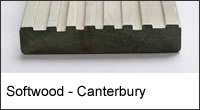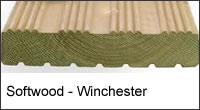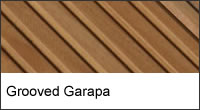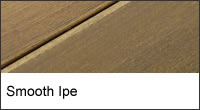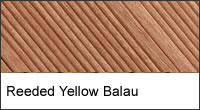Timber can be broadly placed into two types - softwoods and hardwoods. This could be confusing for the reason that terms really do but not always deal with the relative hardness of a typical wood yet to the sort of tree which generally its derived. Softwood species begin evergreen coniferous trees, hardwoods from broadleaved trees. Within each group there are numerous species of wood, its not all are suitable for decking.
The main element to consider when selecting wood to use out-of-doors is durability - put in a different way, its natural power to resist the conditions that gives rise to decay (i.e. wood will commence to decay when its moisture content is consistently above 22%).
The TDA (Timber Decking Association) advises that timber capable of providing a minimum service existence for fifteen years should be used. This points towards selecting:
- A hardwood species that is qualified as having naturally "very durable" and "durable" properties . These species include Yellow Balau, Ipe, Garapa and Massaranduba
- A softwood species that has been pressure-treated with a timber preservative approved under UK Government regulations to the correct level for its intended use
Softwood deck boards tend be used a lot more for decking because the cost of materials will be persistently less expensive and in most cases easier to work with than hardwoods. However the deep rich and attractive colours of some hardwoods can increase the appeal over their softwood counterparts. High density hardwoods are better able at coping with impact and abrasion, these properties are reasons why you will often find them employed into commercial environments that experience heavy traffic.
